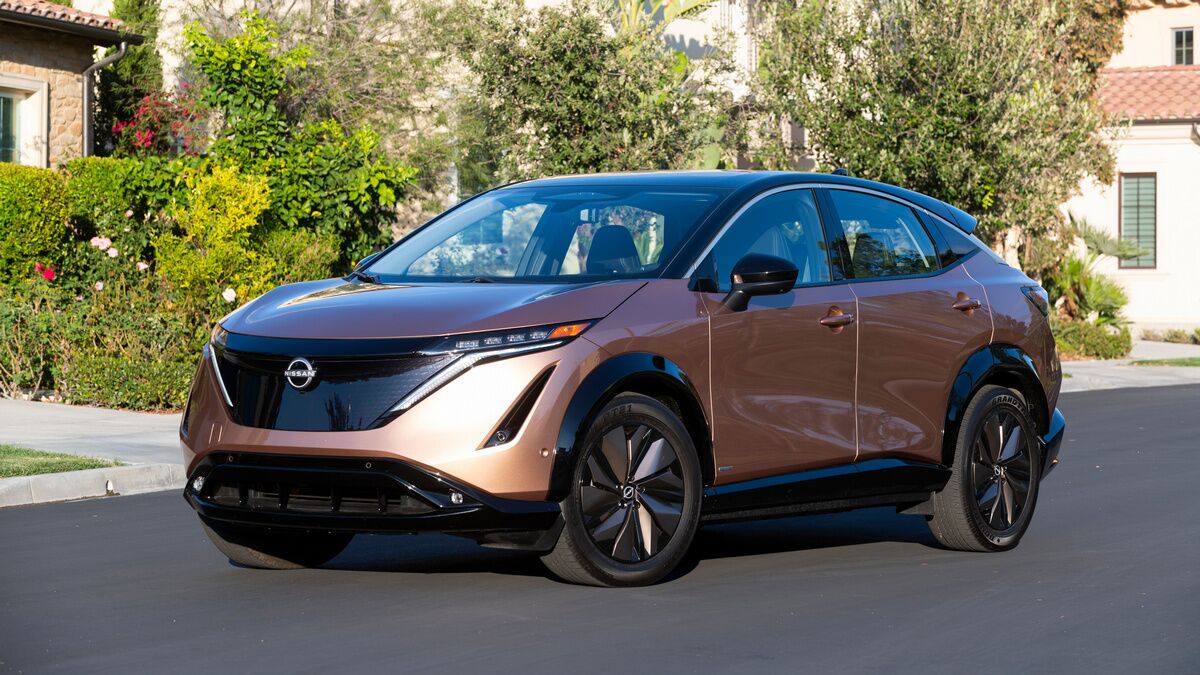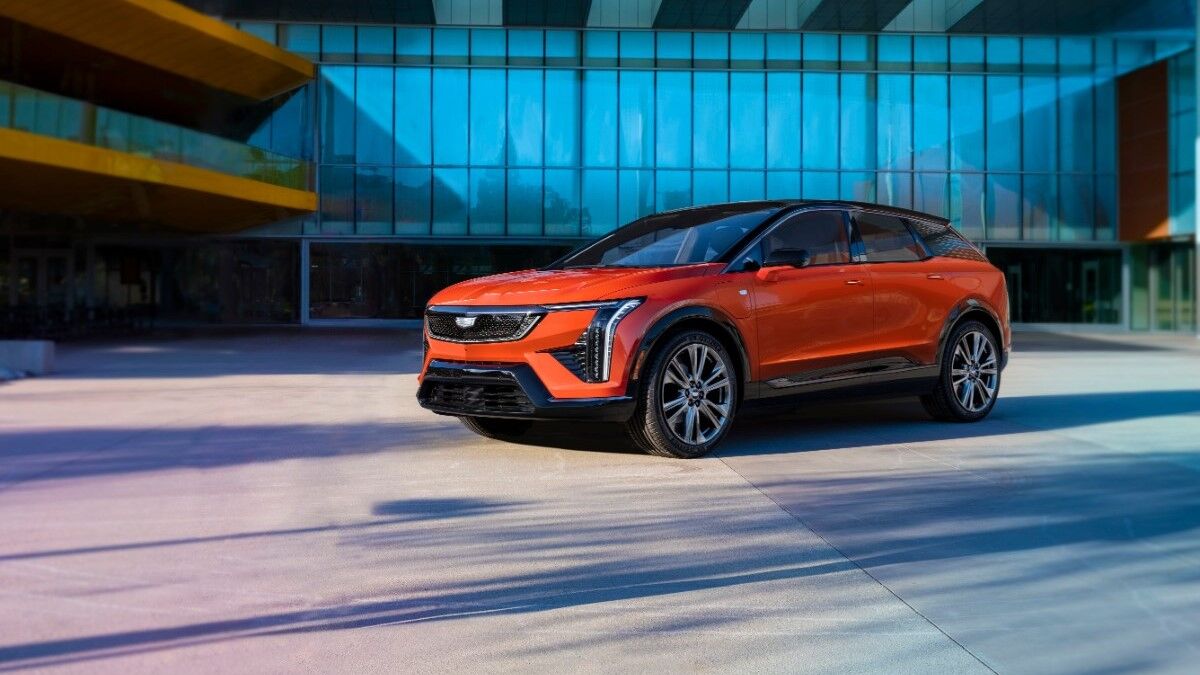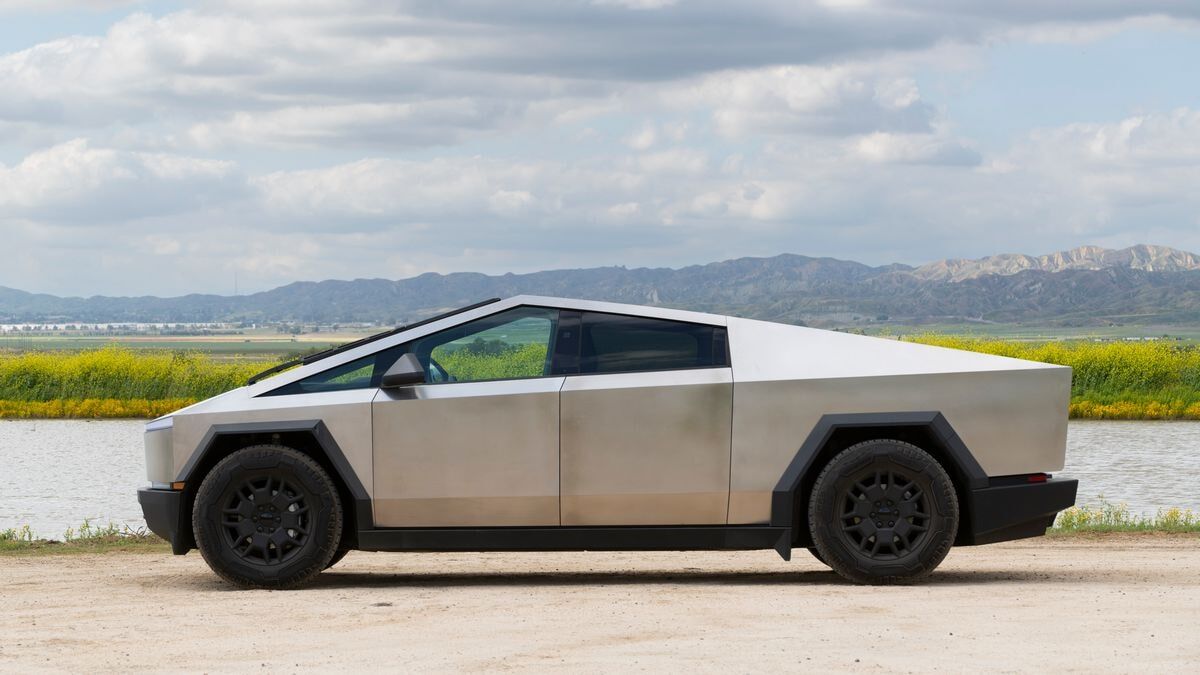- Projects underway in China and Europe could cut EV charging time down to just a few minutes
- There’s no equivalent in the U.S., where we’re increasingly falling behind the world in EV technology
At the recent Shanghai Auto Show, Chinese car giant BYD demonstrated a technology that could radically change life for electric vehicle (EV) owners – a charger that can refill a battery in just five minutes.
A similar project is taking off in Europe. There are good reasons to be skeptical about its practical applications. But, if the auto industry can solve infrastructure problems, ultra-fast charging could make EVs practical for millions more drivers.
It’s About (Saving) Time
- Range may not be as important as charging time
Let me tell you from experience: The challenge in taking a road trip with an electric vehicle (EV) isn’t stopping to charge every 200-or-so miles. It’s stopping for upwards of 45 minutes to charge.
Chargers at major highway interchanges can back up on a busy travel day. A line of three cars waiting for a charger can mean you won’t start your 45-minute charging session for hours.
I took an Audi Q8 e-tron into the path of last spring’s eclipse — about a 650-mile trip in a car with a 285-mile range. A well-planned route saved me from recharging in a crowded place. But I witnessed drivers in lines of EVs, five cars deep, waiting to plug in.
Careful route planning can save you from this. But if you live in hurricane country or where wildfires strike, you may not have time for careful route planning.
The Megawatt Charger
- BYD and Zeekr, two Chinese automakers, are building megawatt chargers
- A similar project wants to bring them to Europe
BYD’s megawatt chargers wouldn’t work with most EVs, which can’t accept electrons as fast as the chargers can emit them. But BYD builds some cars that can, and the numbers are shocking.
Spectrum, the magazine of the Institute of Electrical and Electronics Engineers, cites “more than a kilometer of added driving range per second on the plug. It supplies 400 kilometers of fresh range (nearly 250 miles) in five minutes.”
Electrek reports, “BYD has announced fresh plans to deploy 15,000 megawatt charging stations across the nation.”
Rival Zeekr announced plans for a 1.2 MW charger.
InsideEVs reports, “A similar experience is coming to Europe later this year, thanks to Ionity, the fast charging operator backed by several automakers, including the BMW Group, Ford, Hyundai, Kia, Mercedes-Benz, and the Volkswagen Group.”
Limitations
- Most cars can’t accept power as fast as these chargers can send it out
- Ultra-fast charging might lead to lower battery life
Most EVs sold in America couldn’t use it. S&P Global explains, “To handle the high current flow required for EV charging, automakers have been developing dedicated 800V architectures — an upgrade from the more popular and affordable 400V platforms.”
A handful of EVs on American roads run on 800V, including models from Hyundai and Porsche. However, Tesla, the dominant player, builds cars that are half that. Tesla’s new Cybertruck is an 800V vehicle, but its more common Model Y and Model 3 use a 400V system.
In fact, Tesla has its own megawatt charger design, which it plans to roll out in force someday to power a fleet of electric semi trucks. But the vast majority of the company’s chargers, today, are limited to a quarter of that speed because its cars, not its chargers, are the limiting factor.
Porsche lead battery developer Carlos Alberto Cordova Tineo told TechRadar, “It is relatively easy to demonstrate this level of ultra-fast charging on a test bench, but making it work in the real world is a much more difficult task.”
Charging too fast can limit battery life, he notes. That is “why we use stepped charging, where power is gradually ramped up as the battery reaches the optimum state of charge, tapering off as it hits the 70 or 80 percent mark and then slowing right down towards the end,” he explained.
Technology Is Passing American Automakers By
- The U.S. government is now moving to oppose EV technology
- Outside the U.S., EV sales are growing, and advanced technologies are appearing
Five-minute chargers may be years away from being common in China and Europe. That’s still much faster than we’ll see them in the U.S.
A recent study found that 25% of all cars sold globally in 2025 could be electric. In the U.S., the current figure sits below 7%.
That’s not a problem for automakers that only want to sell cars in America. But America’s major automakers are global businesses. At home, they now face government opposition to their plans for EVs.
The White House has already paused funds for new chargers. A proposal in Congress now would end the $7,500 EV tax rebate program that helps Americans buy certain domestically produced EVs.
American shoppers are also losing interest. A recent AAA survey found plans to purchase an EV at a 6-year low.
With the rest of the world going electric quickly and America increasingly slowing the transition, America’s automakers risk being left behind. Already, the most advanced technologies in the world are appearing only outside the U.S.








